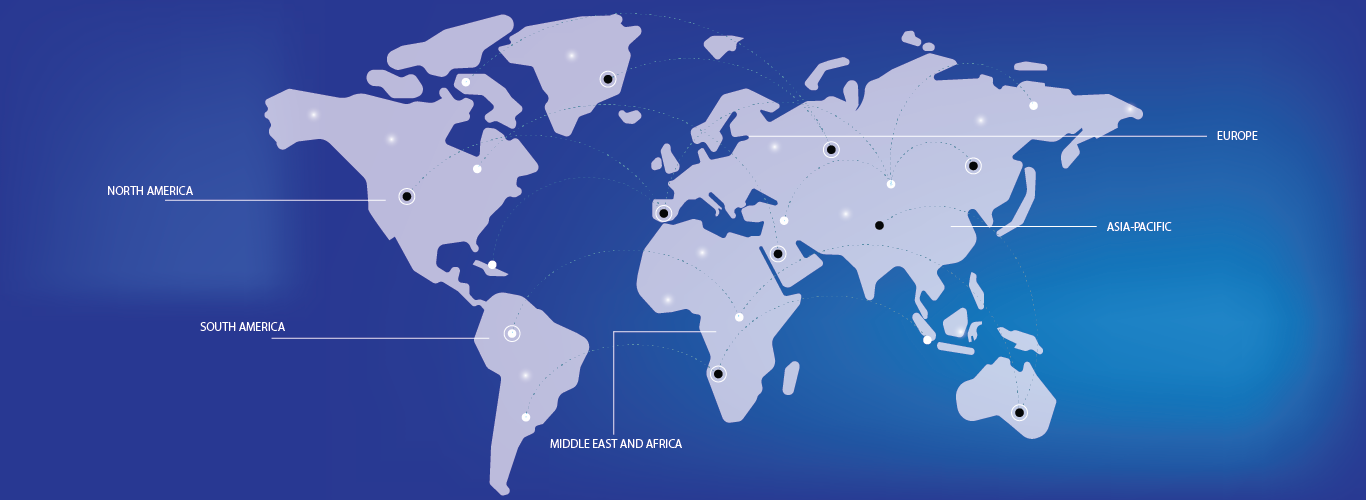- Flexible insulation materials are essential components used in various thermal and acoustic insulation applications across industries such as construction, HVAC, automotive, aerospace, and industrial processing
- The demand for these materials is significantly driven by the rising need for energy efficiency, regulatory mandates on emissions control, and the growing adoption of sustainable building practices
- The North America region stands out as one of the dominant markets for flexible insulation, supported by stringent energy efficiency regulations, growing retrofit and renovation activities, and a strong presence of insulation manufacturers
- For instance, the U.S. Department of Energy continues to promote building energy codes and rebate programs, encouraging the use of high-performance insulation materials in both commercial and residential sectors
- Globally, flexible insulation is increasingly preferred over rigid alternatives due to its lightweight, ease of installation, durability, and adaptability to complex geometries, making it a crucial element in modern energy-saving solutions across diverse applications




